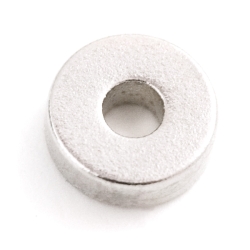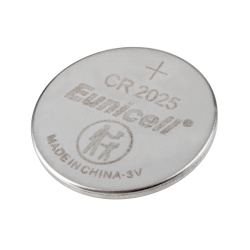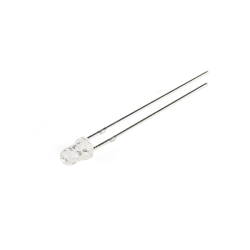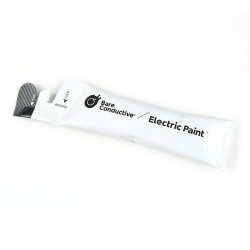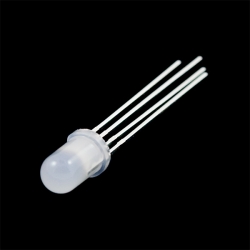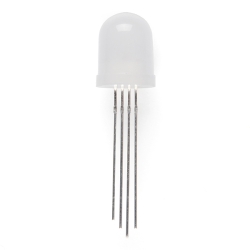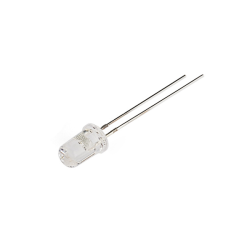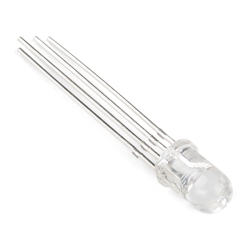LED - 3mm Cycling RGB (slow)
COM-11448
LED - 3mm Cycling RGB (slow)
SKU: COM-11448
$0.60
In stock
SKU
COM-11448
Product Overview
These color-changing LEDs take the work out of creating crazy, flashy, blinky... ness. Simply apply power and the LED will cycle through the RGB colorspace: no external controller necessary! These bright and festive LEDs make great decorations, LED "throwies", indicator lights, etc. Typical forward voltage is 2V.
These 3mm LEDs are of the "slow-changing" variety, meaning they cycle at a rate of one color every few seconds.
Documents:
Hookup Accessories
Documentation
Customer Reviews

LED - 3mm Cycling RGB (slow)
$0.60
COM-11448
Stock and Customer Discounts
$0.6 retail price.
Available Discounts
- $0.57 | 25+ units
- $0.54 | 100+ units


